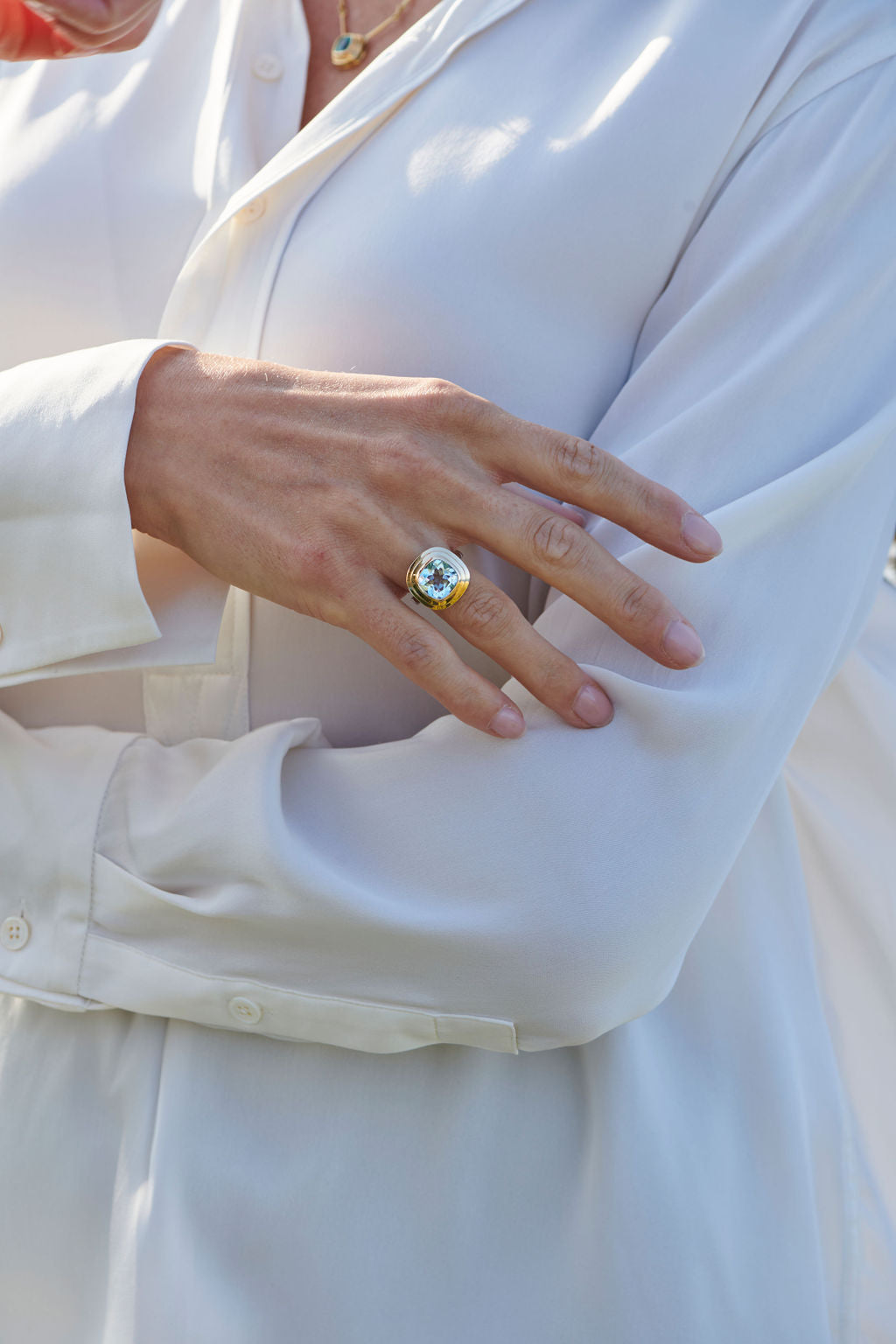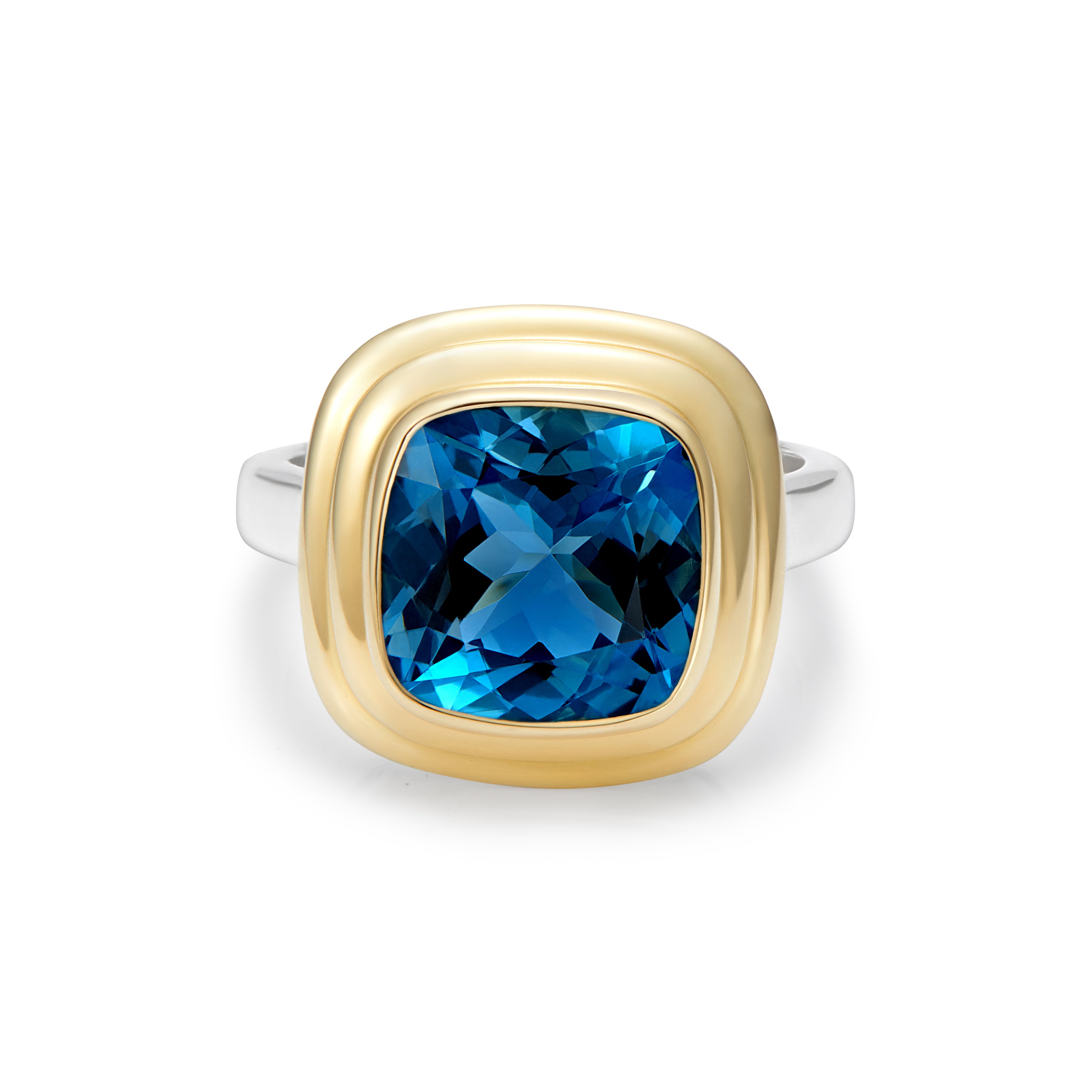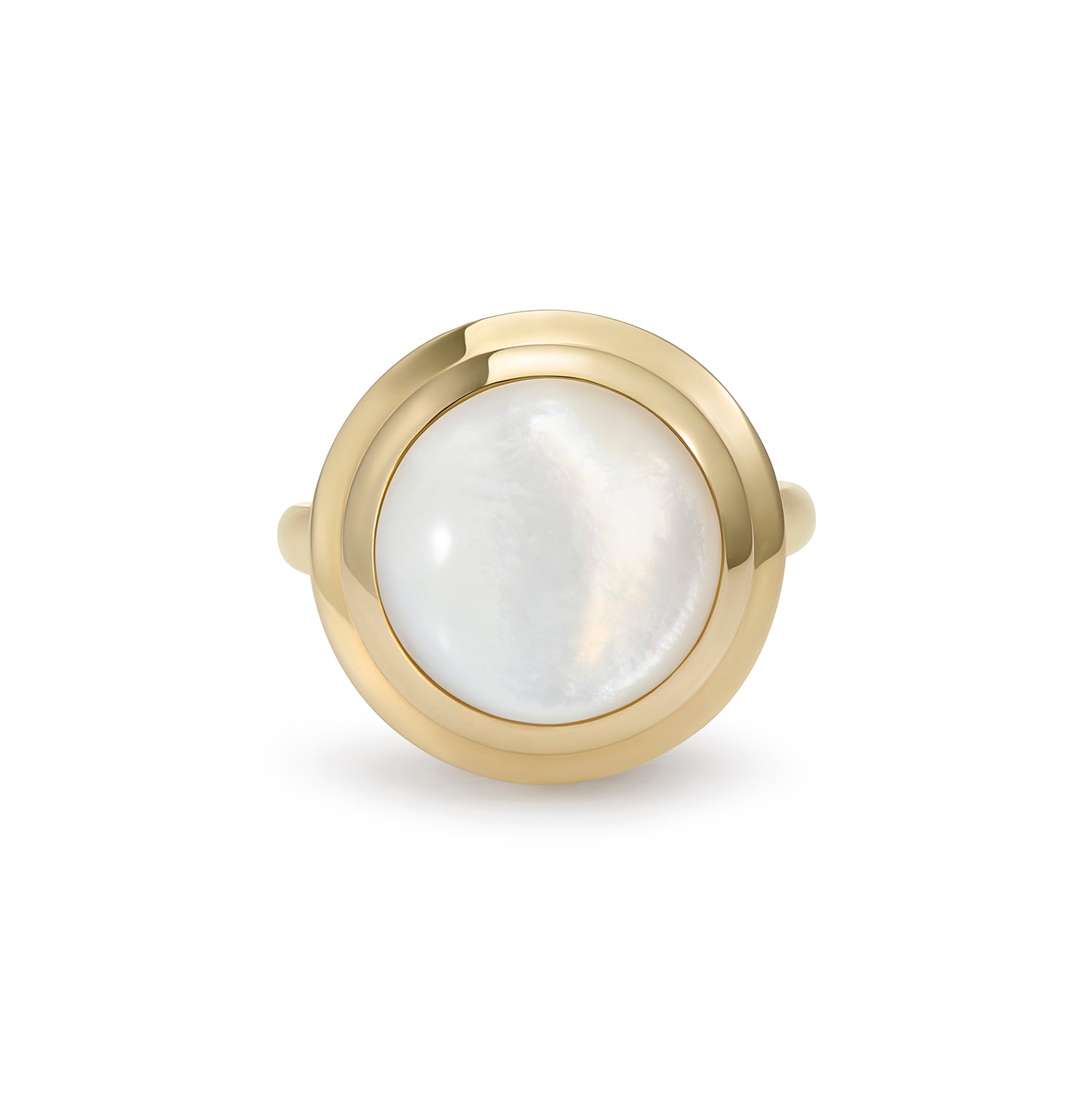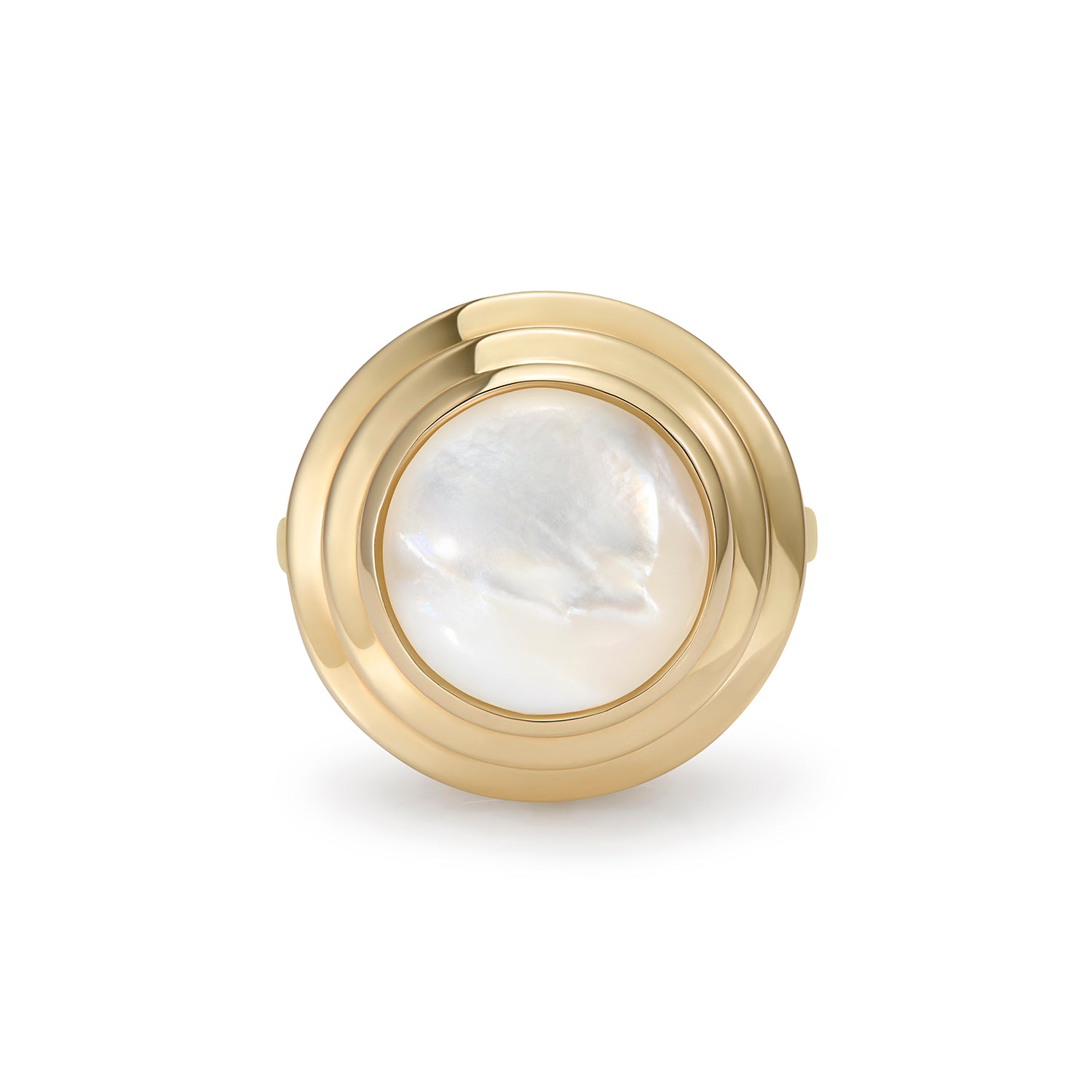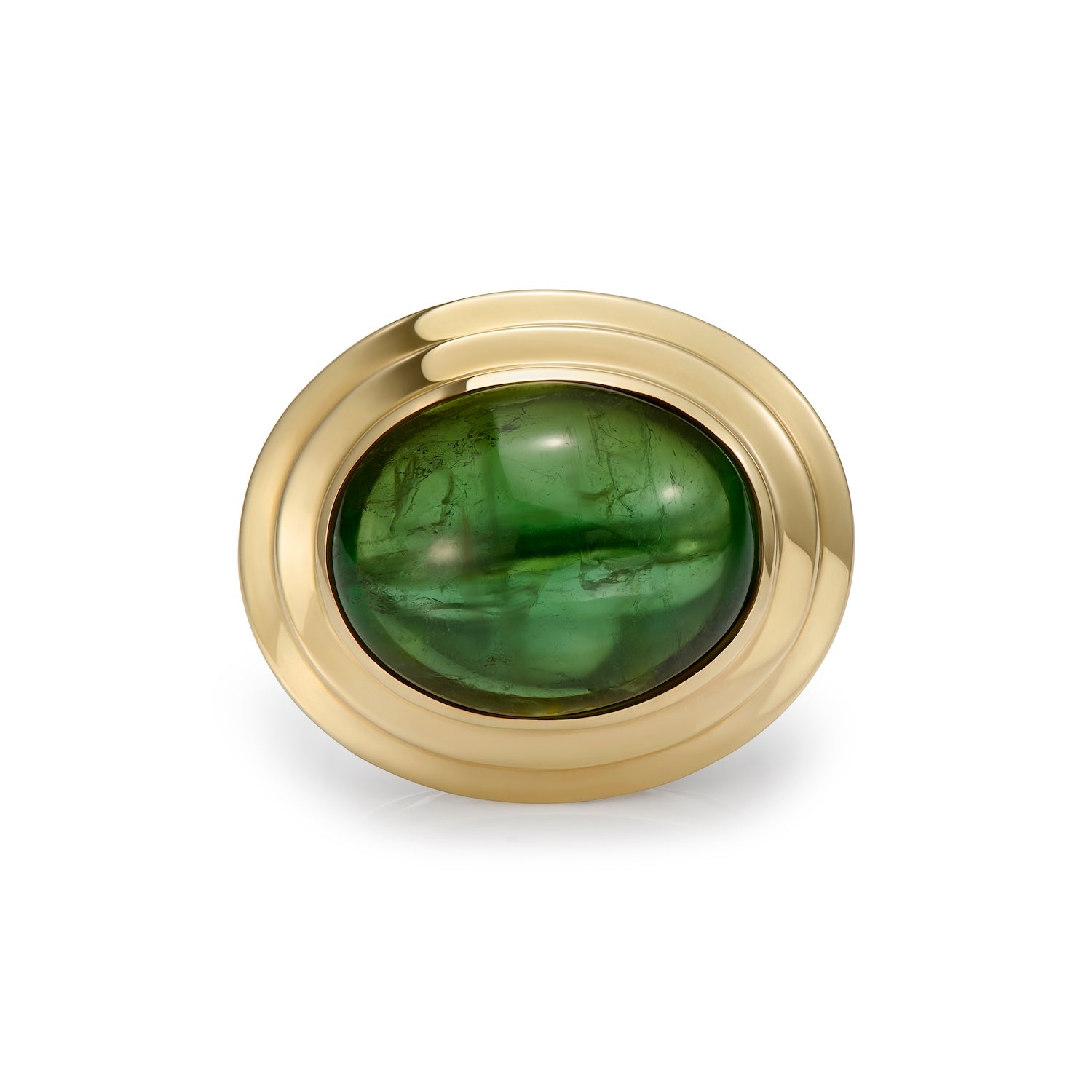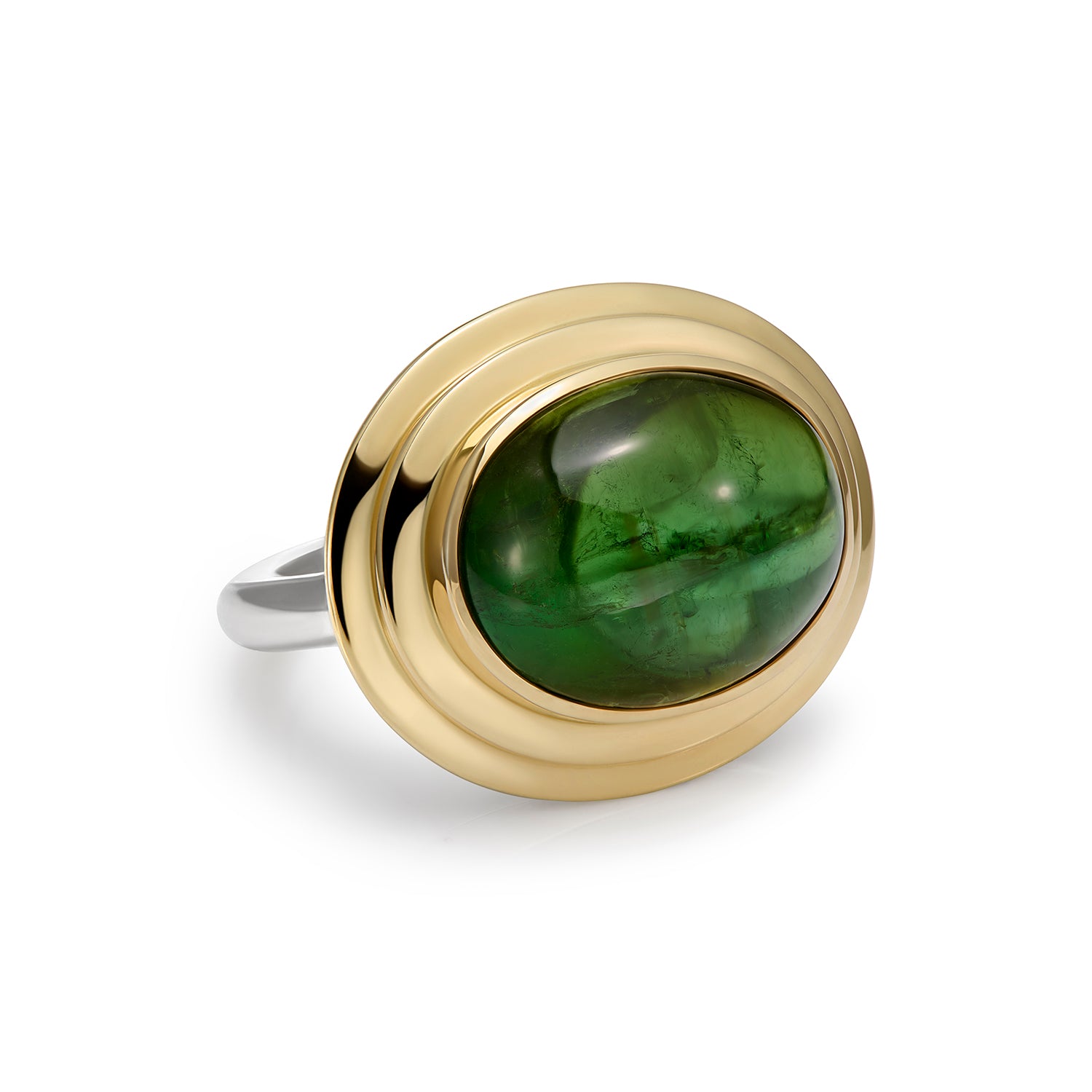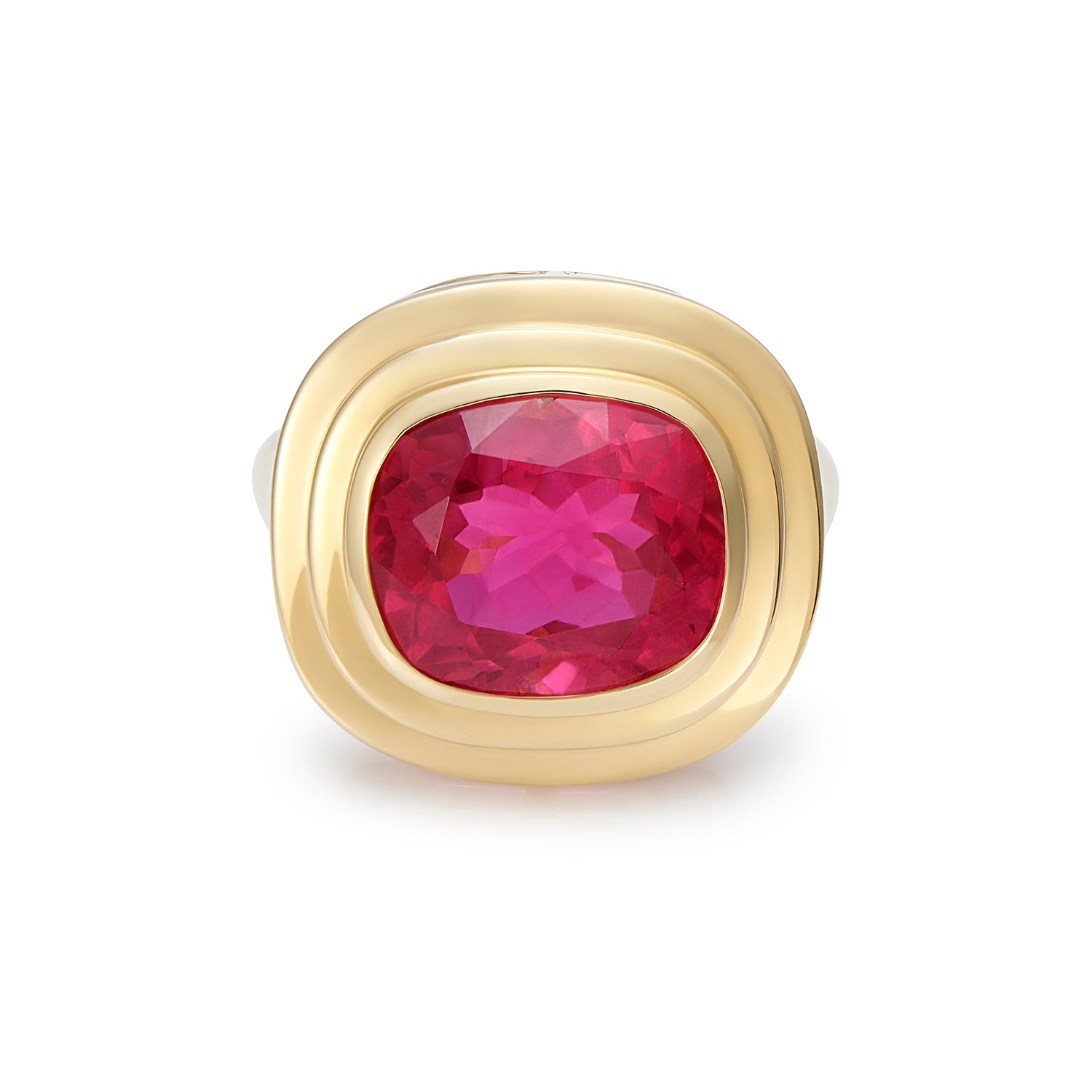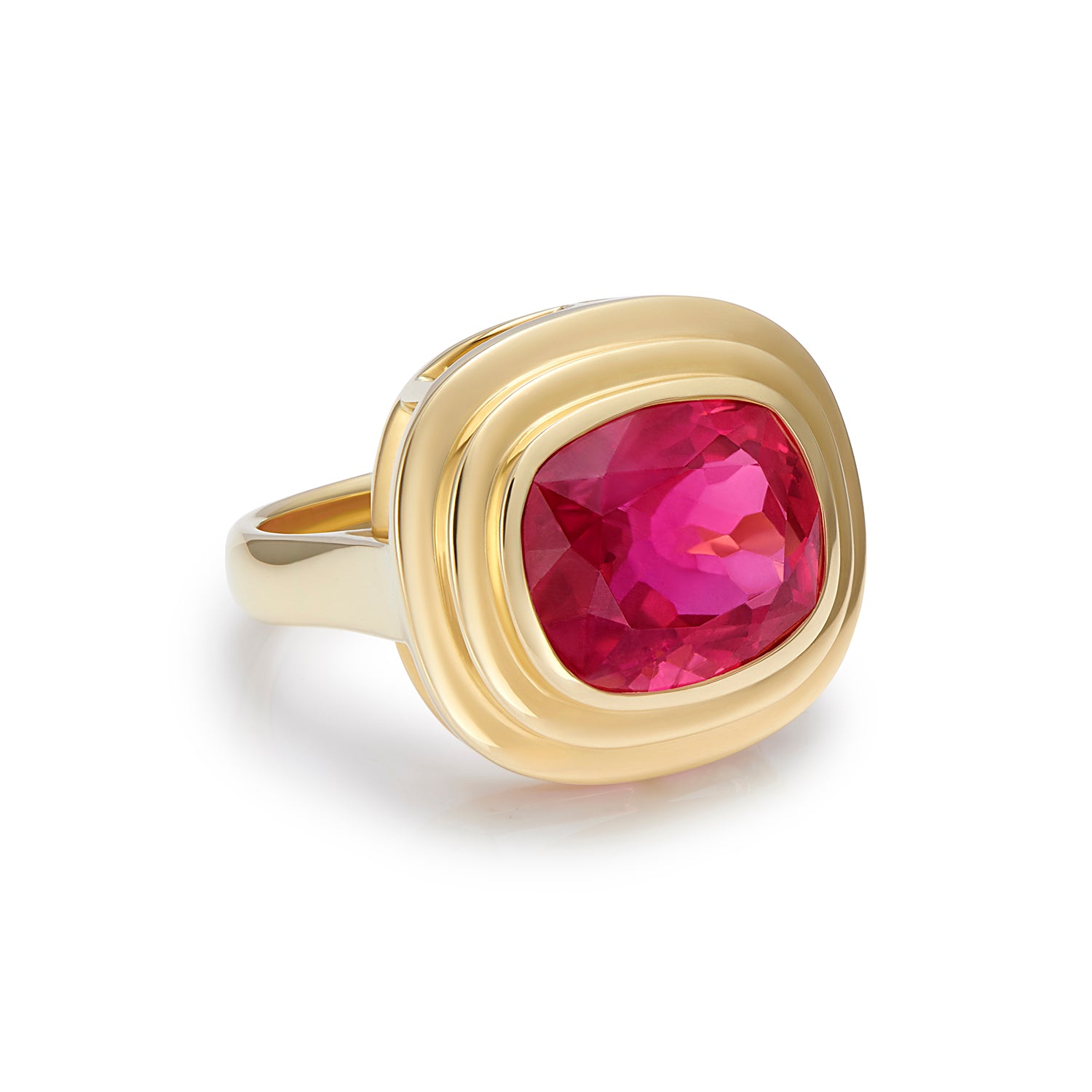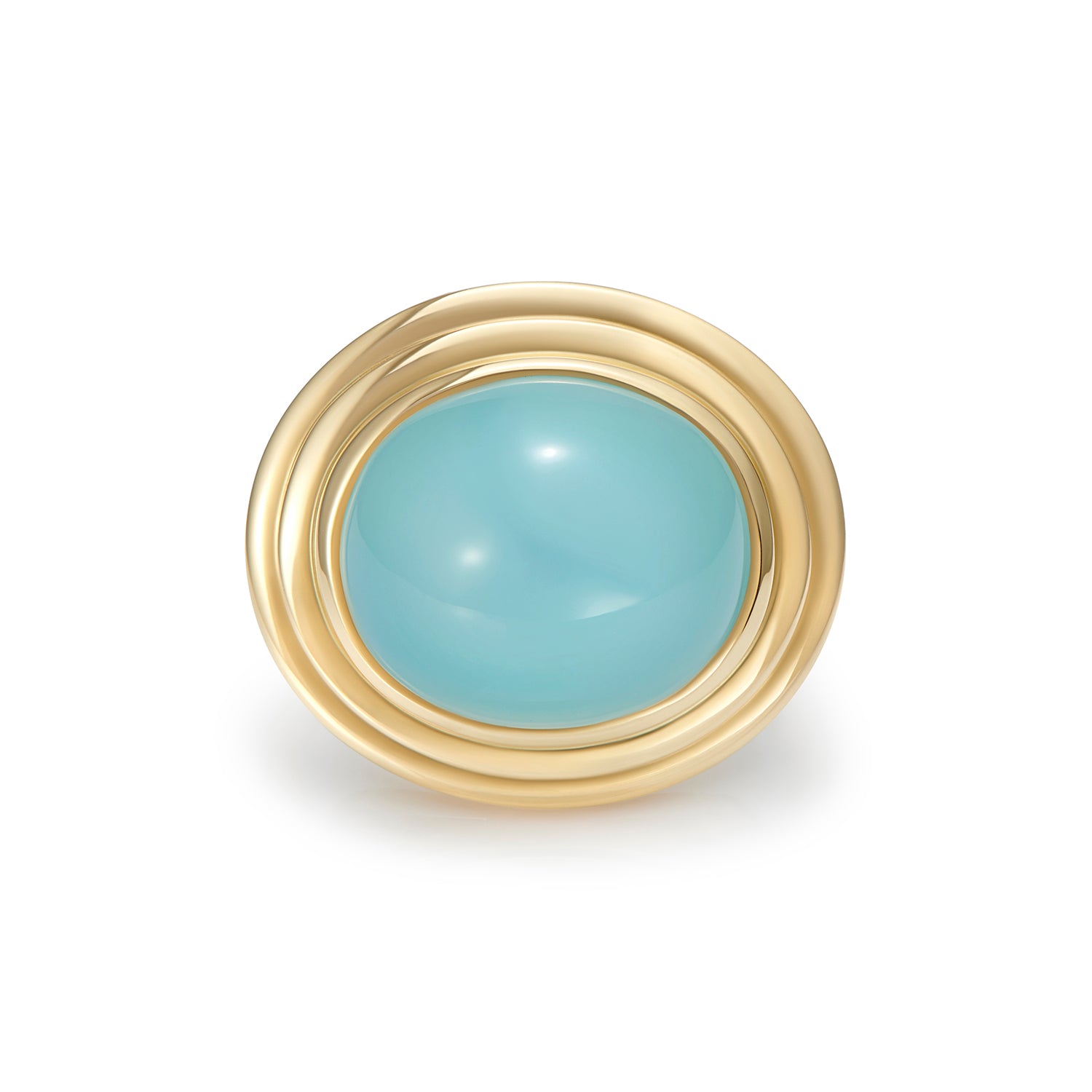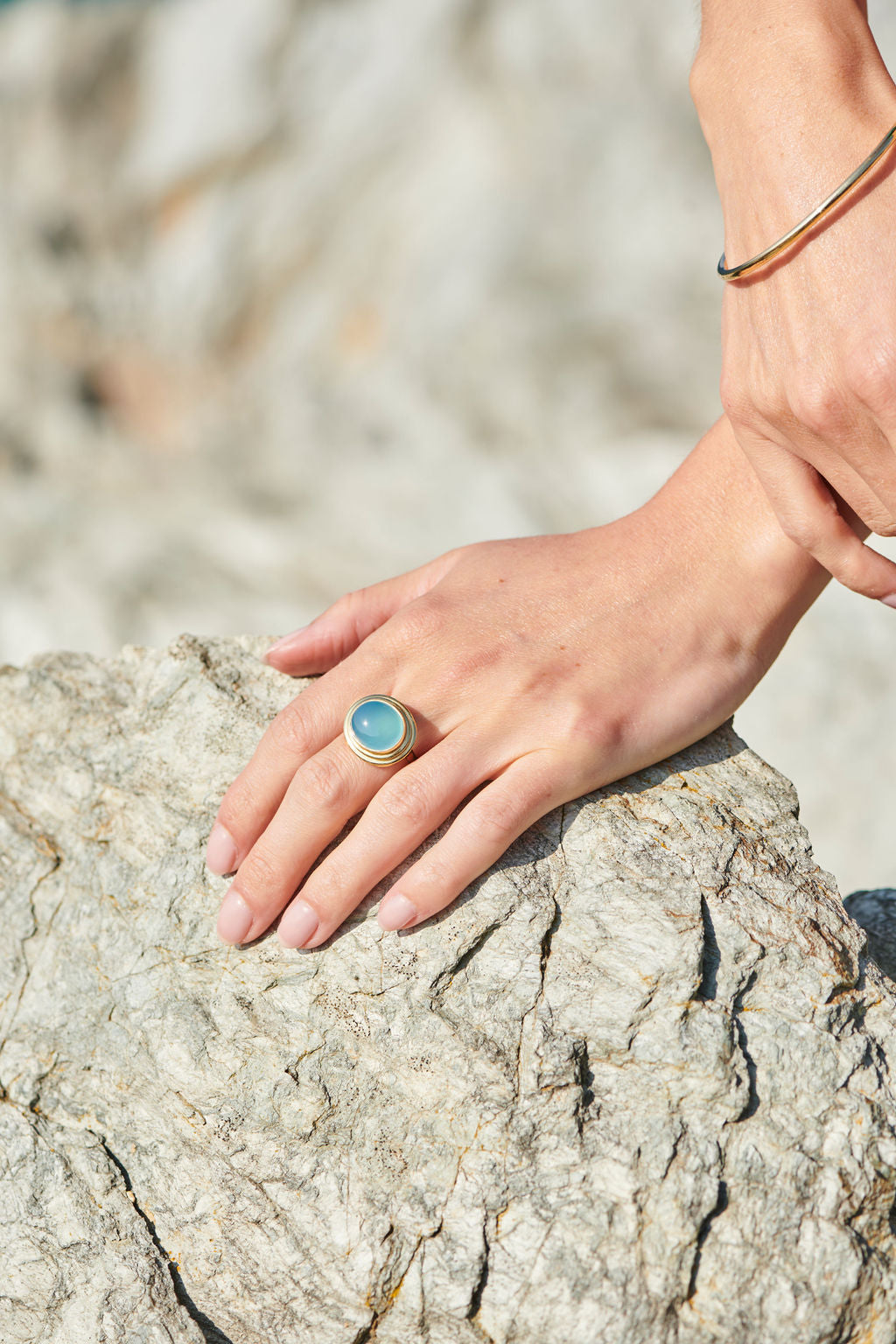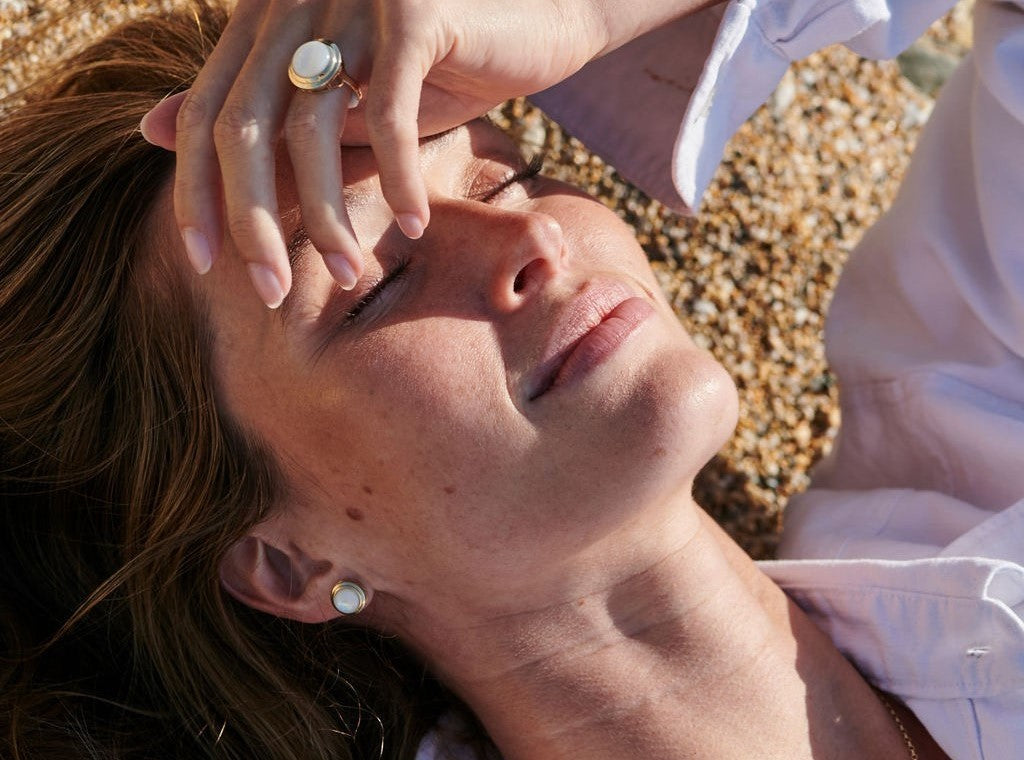1. Can you tell us a bit about how you got into the gemstone trade? Was there a particular person or experience that inspired you to pursue gemstone dealing?
I had always had an interest in the beautiful things my father brought home. He was a Gemmologist and gem trader since the early 1960’s. I joined the business directly from college and learnt from him and his team how to deal in gemstones. I watched them buy, sell and grade gemstones and learned everything I could from this.
2. You obviously have a huge amount of knowledge and insight in the industry, what have you noticed over the years? Have you seen any significant changes within the market since you began?
The market is always changing. Although there is always some demand for smaller commercial goods in the UK, it is much lower these days. Gem deposits are finite, so the market changes as mines are exhausted or new sources open. We have to be constantly ready to learn and adapt to this change. Trends currently are for attractive individual stones in less traditional colours such as Yellow and Green.
3. What challenges have you faced throughout your time as a gemstone dealer, whether it’s dealing with market volatility, lab-grown stones, logistics, or maintaining trust with clients? How have you overcome them?
As coloured gemstone dealers, lab-grown stones (synthetics) have always been a factor; surprisingly lab grown Gems have existed for over 100 years. With good observational skills and training identifying these stones does not offer significant challenge to a qualified gemmologist. Training and product knowledge are key here. Our knowledge, experience and relationships help us to support clients’ expectations. The UK is not a gem producing country so these key relationships with trusted suppliers are worldwide. They help us to maintain supply chain and product integrity and thus our client’s trust. Integrity in the product is everything.
4. How do you typically buy your gemstones? Where do you mainly travel to? How do you go about ensuring traceability and ethical practices throughout your supply chains? What factors do you consider when selecting suppliers?
Different gemstones are sourced in different ways. It would seem logical that visiting a mine directly would be the most economical way to trade. This is not usually the case. Multiple mines and mining areas feed rough material into a market trading town. The cutting and polishing are often done elsewhere. Thus choice, availability and pricing are often more competitive in the markets for polished goods than at the mine.
We have close relationships with cutters in Thailand, Brazil, India, Sri Lanka, Colombia and China, to name but a few. We do everything we can to ensure responsible practices with them and where possible we travel to their workshops to better understand their expertise. I have currently travelled to 101 countries since starting in the business and do not expect this to stop travelling anytime soon!
5. What is your favourite gemstone and why?
As an active gemstone trader / collector, my answer to this is always, ‘the next one’. There is nothing better than seeing a recipient delight and engage in a gemstone that suits them perfectly. I prefer great examples of the more traditional gemstones; fine Sapphires that are vibrant blue, true green Emeralds and Rubies with high lustre and good colour. These stones are all classics for a reason. Just yesterday I opened one of our Sapphire boxes and a cushion cut, blue Ceylon Sapphire shone out at me: simply beautiful.










